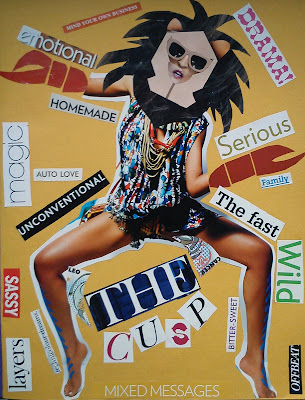Let things linger, let things soak,
Let love permeate slowly into your bones.
Let it slide down the edges, of sides left untouched for years
Let it show what one has no claim over, let it show what one owns.
Let it burn, ever so little, singeing slowly by the minute
Let it steal from restful sleep, and push stealthily every limit.
Let it extinguish fires of doubt, let even clarity cloud,
Let it prevail over reason, let it subdue logic, wit.
Let it walk in nonchalance, let it your patience try,
Let it act like there is forever, let it sometimes make you cry.
Let it make breathing scarce, let it melt every living cell,
Let it erase every fact, farce, let it listen, let it tell.
Let its fragrance madden you, let its burden sadden you,
Sometimes fire, sometimes ice, let it become your virtue, your vice.
Let it bind in chains of glory, let it give heights to your story,
At times bright, then dark, let it be your victim and your jury.
(Co-written with @shakwrites)










